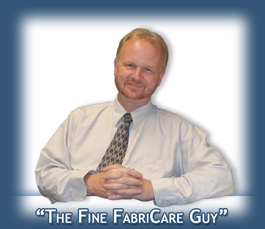With the understanding that the majority of urine residues penetrate through carpet into padding (at least) and through to subfloor (at worst), cleaners and property owners have the challenge of treating a problem that cannot be easily seen.
While the ultimate solution may include removing carpet and cushion, there are times where subsurface treatment can be attempted without disengaging the carpet.
To properly perform subsurface treatments, you must locate the odor source and be confident that the urine contamination is isolated to that area. The use of UV lights and moisture sensors will assist you in this task.
Individuals (whether cleaners or property owners) who are unwilling to use such tools will rarely be successful in subsurface treatment attempts.
For decades, the tool of choice for subsurface treatment has been an injection syringe. Such syringes have larger needles than are used for medical purposes, but still only allow relatively small amounts of odor treatment solutions to be applied. You must aim such needles at a variety of angles and you may only hope that sufficient treatment solution is reaching the affected areas.
More recently, special extraction attachments, such as the Water Claw Spot Lifter, have enable cleaners to flood the area with gallons of deodorizing solution and then extract the excess moisture from carpet and padding. Such a treatment process better assures a sufficient delivery of deodorizer to the source area.
However, just as with the injection syringe, there are concerns that must be addressed:
If you choose to flood a contaminated area over a wood subfloor, especially when on the second floor of a home, or over a furnished basement, you must pull back that portion of the carpet and place plastic under it. Otherwise you might end up flooding through the floor and through the ceiling below.
Such precautions are time consuming, but critical if you choose to use such an "invasive" method of odor treatment.
Thursday, October 23, 2008
Sub Surface Urine Odor Treatment
Posted by Jim Pemberton at 11:49 AM 0 comments
Labels: Odor Control
Subscribe to:
Comments (Atom)
